AMD has now given official confirmation on two of its next-gen RDNA 3 GPUs, the Navi 31 and Navi 33, and both have been added to the support list of the ROCm GPUOpen platform. ROCm also confirmed Rembrandt and Van Gogh APUs.
Komachi found that the latest developer tools update for AMD’s ROCm OpenGL platform lists down to the next-generation RDNA 3 based Navi 31 and Navi 33 GPUs. Recent reports have also alleged that AMD will be scheduling its next-generation GPUs for release later this year & this could be preliminary support for developers.
The AMD Navi 31 GPU with the flagship RDNA 3 chip will power the next-gen Radeon RX 7900 XT graphics card. Rumors have suggested that AMD will drop Compute Units for Work Group Processors on the next-gen RDNA 3 GPUs.
The Navi 31 GPU configuration shown features two Graphics Core Dies and a single Multi-Cache Die. Each GCD has 3 Shader Engines, totaling in 6, and each Shader Engine has 2 Shader Arrays, which sums up to 12 Shader Arrays.
Each Shader Array comprises 5 WGPs, for a total of 60, and each WGP features 8 SIMD32 units with 32 ALUs (40 SIMD32 per SA / 80 per SE / 240 per GCD / 480 in total). These SIMD32 units combine to make up 7,680 cores per GCD and 15,360 cores in total.
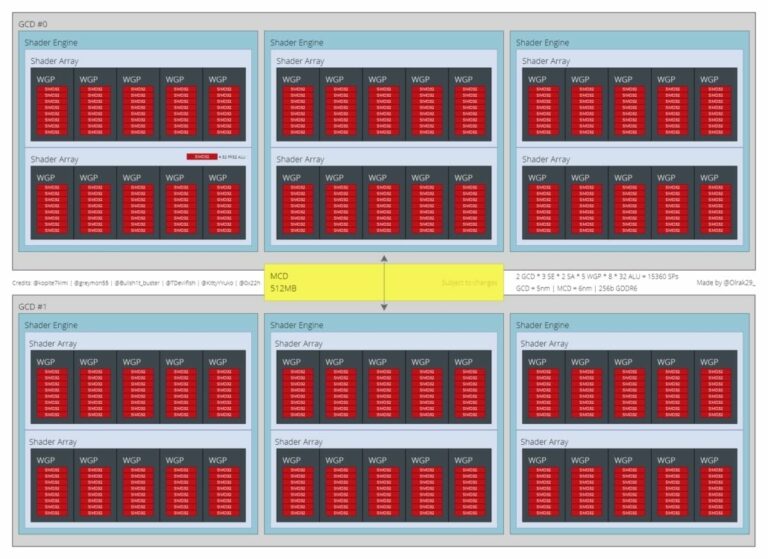
The RDNA 3 Navi 31 MCD will be connected to the dual GCD’s by a next-generation Infinity Fabric interconnect and will feature 256-512 MB of Infinity Cache. Each GPU will also feature 4 memory connect links (32-bit). This totals at 8 32-bit memory controllers for a 256-bit bus interface.
Some rumors have also stated that the new RDNA 3 GPUs may outperform what NVIDIA offers in rasterization performance. AMD will be taking the lead by providing the first MCM-powered GPUs under the Radeon RX graphics card lineup. At the same time, NVIDIA is aiming to transition to its MCM GPU lineup, which are touted to give a 3x performance boost over Ampere GPUs.
AMD’s Navi 33 GPU will begin the monolithic segment within the RNDA 3 family and feature a single die. This die will be very similar to the flagship Navi 21 GPU and is expected to use a 6nm process node for fabrication.
The Navi 33 GCD has 2 Shader Engines, and each Shader Engine has 2 Shader Arrays (2 per SE / 4 in total). Each Shader Array is composed of 5 WGPs (10 per SE / 20 total) and each WGP features 8 SIMD32 units with 32 ALUs (40 SIMD32 per SA / 80 per SE / 160 total). These SIMD32 units combine to make up 5120 cores which is the same core count as the RX 6900 XT (Navi 21 XTX GPU).
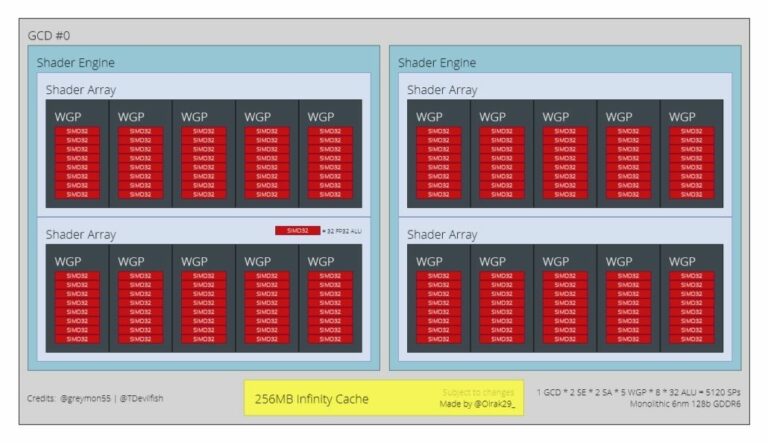
The RDNA 3 Navi 33 should come with 256 MB of Infinity Cache, and each GPU should also feature 2 memory connect links (32-bit). That’s a total of 4 32-bit memory controllers for a 128-bit bus interface. This would elevate the performance of the AMD Radeon RX 7600 series above the RX 6800 and RX 6900 series at a TDP of ~200W.
The AMD RDNA 3 Navi 3X GPU-powered Radeon graphics cards lineup is projected to offer up to 3x performance improvement over the current RDNA 2 offerings. This would mark a major forwards leap for graphics evolution. Since AMD is already employing next-gen technologies such as FidelityFX Super Resolution and Raytracing, we expect the competition to become quite heated.
About Advanced Micro Devices
Advanced Micro Devices (AMD) is an American multinational semiconductor company headquartered in Santa Clara, California.
AMD develops computer processors and related technologies for business and consumer markets. AMD’s main products include microprocessors, motherboard chipsets, embedded processors and graphics processors for servers, workstations, personal computers and embedded system applications.
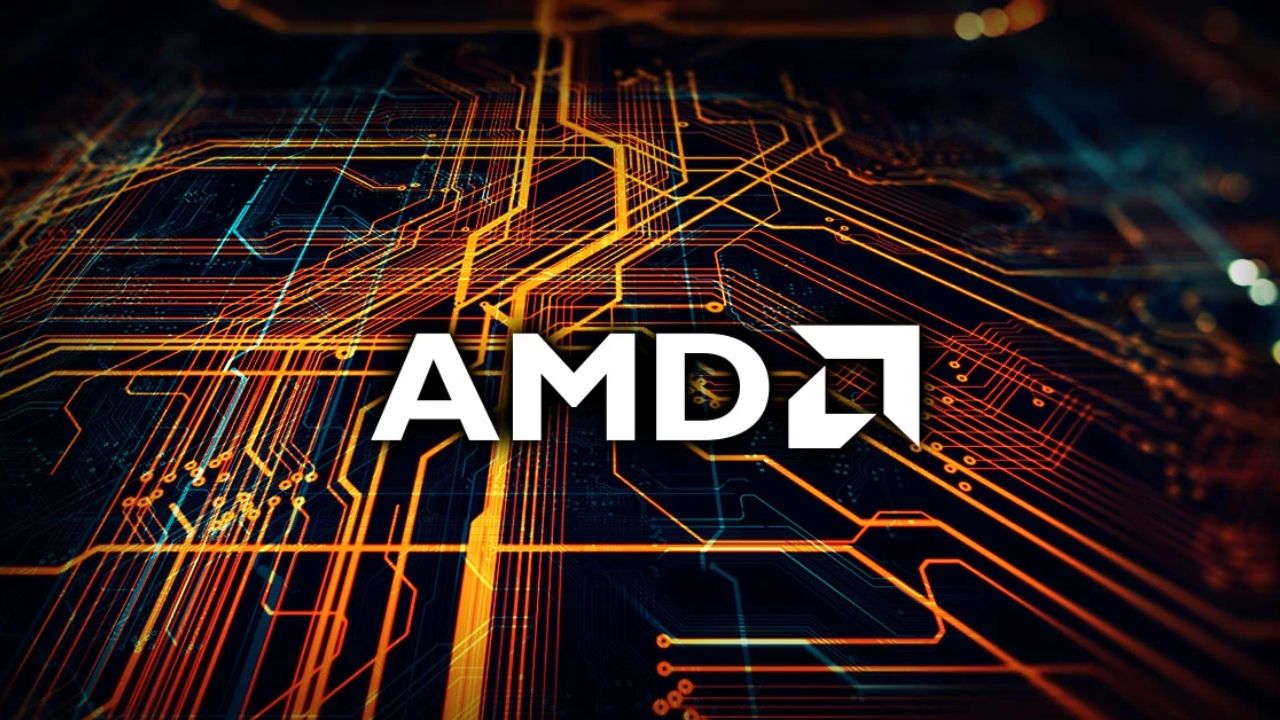
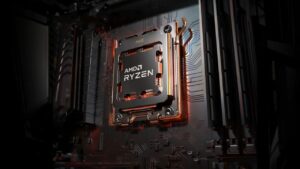
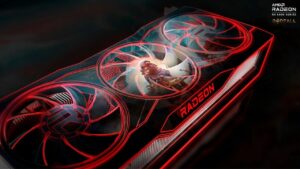


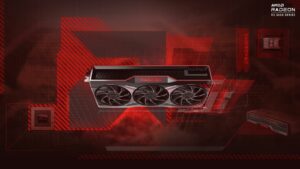
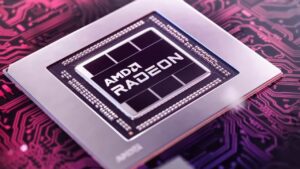

No Comments on Next-Gen AMD RDNA 3 GPUs Found on ROCm OpenGPU Platform List